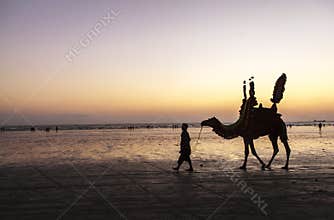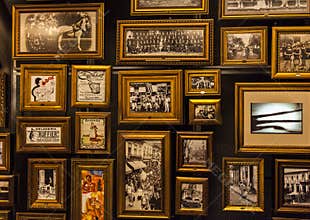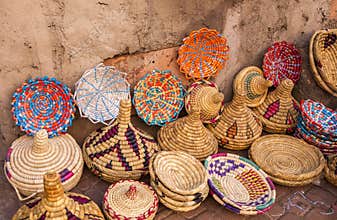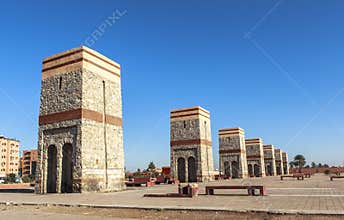Architecture Of Red Fort In New Delhi, India. The Red Fort, Which Is Also Known As The Lal Qila, Was Constructed By One Of The Most Famous Mughal Emperors, Shah Jahan. Built On The Banks Of River Yamuna, The Fortress-Palace Was Designed By Architect Ustad Ahmad Lahauri. It Took 8 Years And 10 Months To Build The Magnificent Fort. The Fort Served As The Royal Residence Of The Mughal Emperors From 1648 To 1857. It Took Over The Honor Of Royal Residence From The Famous Agra Fort When Shah Jahan Decided To Shift His Capital From Agra To Delhi. The Red Fort Derives Its Name From The Red-Sandstone Walls, Which Make The Fort Almost Impregnable. The Fort, Which Is Located At Old Delhi, Is One Of The Massive And Prominent Structures Of India And Is A Fine Example Of Mughal Architecture. It Is Often Considered As The Pinnacle Of Mughal Creativity. In Modern Times, The Fort Is Of Importance To The People Of India As The Indian Prime Minister Delivers His Independence Day Speech From The Fort, Every Year On August 15. In 2007, It Was Declared As Unesco World Heritage Site.
ID 066784513735 © Nhungbuocchan | Megapixl.com
CATEGORIES
EXCLUSIVE
Sharing is not just caring, it's also about giving credit - add this image to your page and give credit to the talented photographer who captured it.:
KEYWORDS
agra archaeological architectural architecture archway beautiful buddha business cave caves century column commerce complex considered culture decoration door drama ellora empire garden gemstone god grass heritage hindu india indian islamic jungle lady landscape man marble mausoleum men monuments mountain moutain mumbai pagoda palace panorama park pattern people persian picture pilgrimage pray sculpture shiva shopping spirituality statue stone street stupa sunrise sunset symmetry temple tomb tourist tourists tower travel traveller tree unesco unique uttar vishnu visitor wall well






































